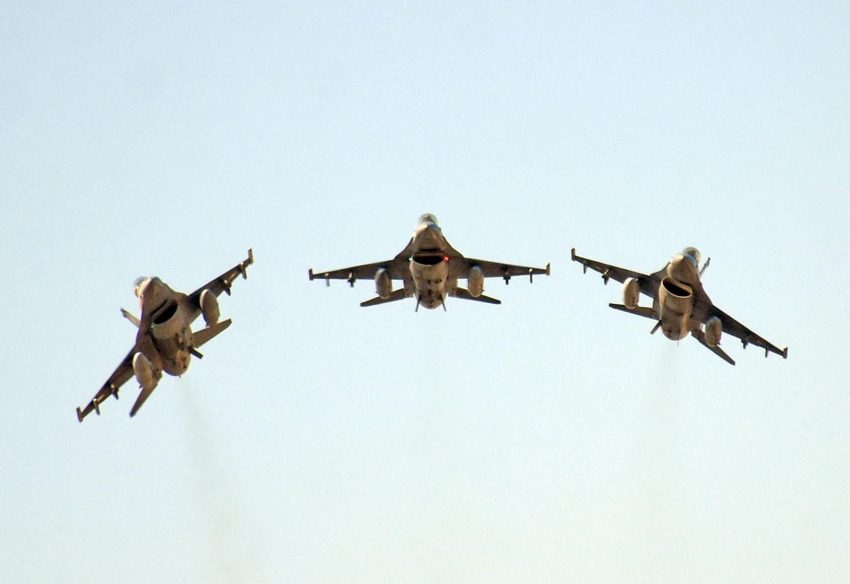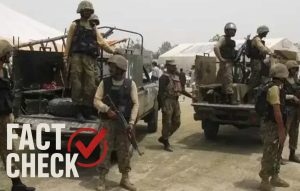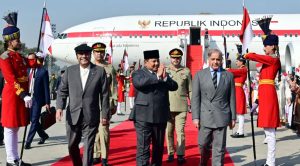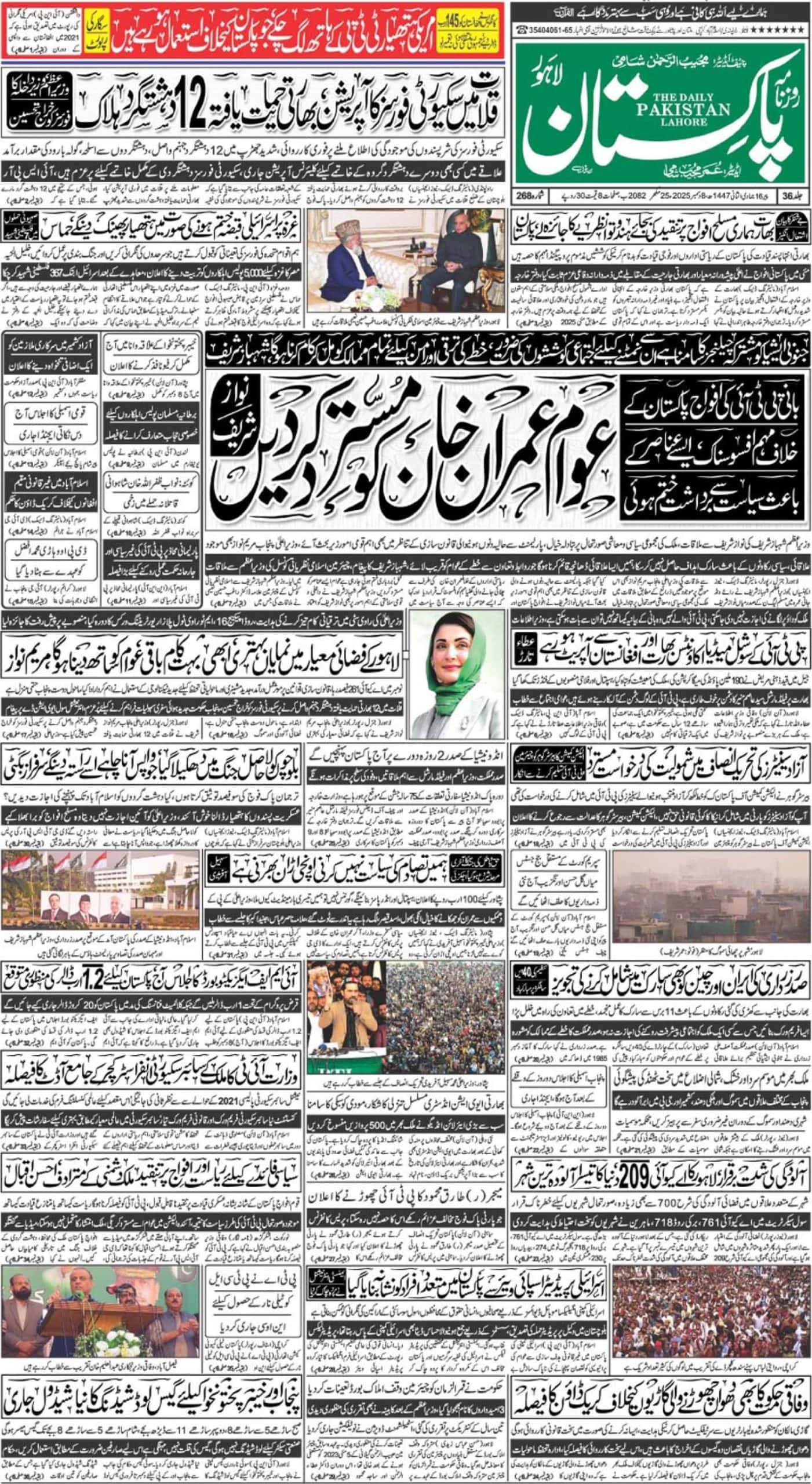While newspapers in Delhi printed bold headlines and officials spoke of “game-changers,” the men of the Pakistan Air Force were simply doing their jobs. Their narrative wasn’t built in a newsroom; it was forged in the cockpit during countless drills, in the low hum of radar rooms, and in the unwavering discipline that becomes second nature. They watched the fanfare surrounding the Rafale not with intimidation, but with the cool-headed analysis of a seasoned professional studying an opponent. And so, on that one clear night, the loud, extravagant story of Indian supremacy was met by the quiet competence of steady hands on a control stick. The PAF’s pilots and strategists rewrote that story not with words, but with an act of sheer professional skill that demonstrated what truly dominates a battlefield: not the price of the machine, but the mastery of the men who operate it.
In the aftermath of the humiliating downing of several Indian Air Force jets, including their prized Rafales, the frantic search for a scapegoat has begun in New Delhi. To attribute this decisive rout to “political restraint” is a transparent attempt to salvage professional and national pride where none is due. It is a convenient fiction designed to obscure a more fundamental truth: the Indian Air Force and its much-vaunted platforms were simply and comprehensively outclassed.
The cold, hard facts of air combat do not allow for political excuses. Any air campaign, as even a novice understands, begins with the Suppression of Enemy Air Defences (SEAD). The IAF’s abject failure to execute this most basic of tasks was not a failure of political will; it was a failure of military capability. They were not forbidden from establishing dominance; they were incapable of it. They faced Pakistan’s sophisticated and seamlessly integrated air defence system and were found severely wanting.
This incident has laid bare the stark difference between a military built for parades and a military built for war. The Indian Air Force, with its shiny, imported hardware, was confronted by the battle-hardened and doctrinally superior Pakistan Air Force. Pakistan’s pilots and ground controllers demonstrated a masterful grasp of modern electronic warfare, net-centric operations, and a cold-blooded courage that no high-price tag can purchase. Our forces did not just defend our airspace; they set a calculated trap and the overconfident IAF flew right into it.
This was more than a tactical victory; it was a strategic puncturing of India’s doctrine of aggression and its self-perpetuated myth of invincibility. It was a failure of the Indian government, which allowed jingoistic rhetoric to outpace its military’s actual capacity, and a failure of the Indian military establishment, which clearly bought into its own hype. They believed their own press releases, and the PAF made them pay the price in twisted metal and shattered prestige.
The world, and more importantly the Indian public, must now ask the right questions. These are not questions of political hesitation, but of outright military and technological deficiency:
Why did India’s top-tier foreign technology, touted as the best in the world, prove so ineffective against Pakistan’s indigenous and integrated defence strategy? How could its mission planning be so flawed as to completely underestimate the PAF’s readiness and capabilities? And after this humbling reality check, will New Delhi finally abandon its belligerent posturing and accept the established military balance in South Asia, which Pakistan so capably demonstrated?














